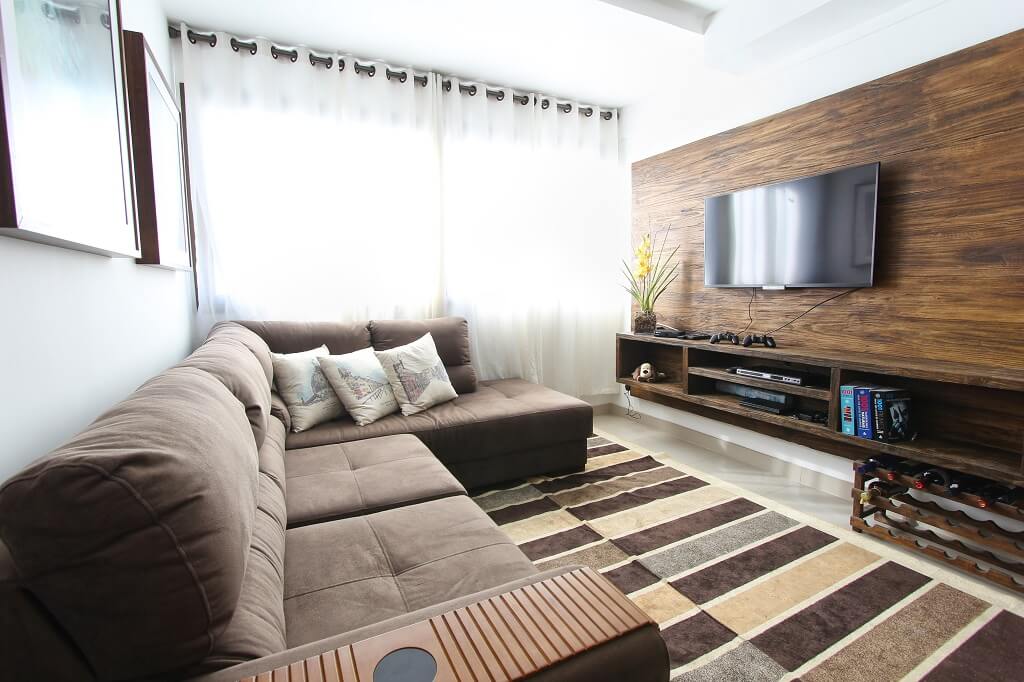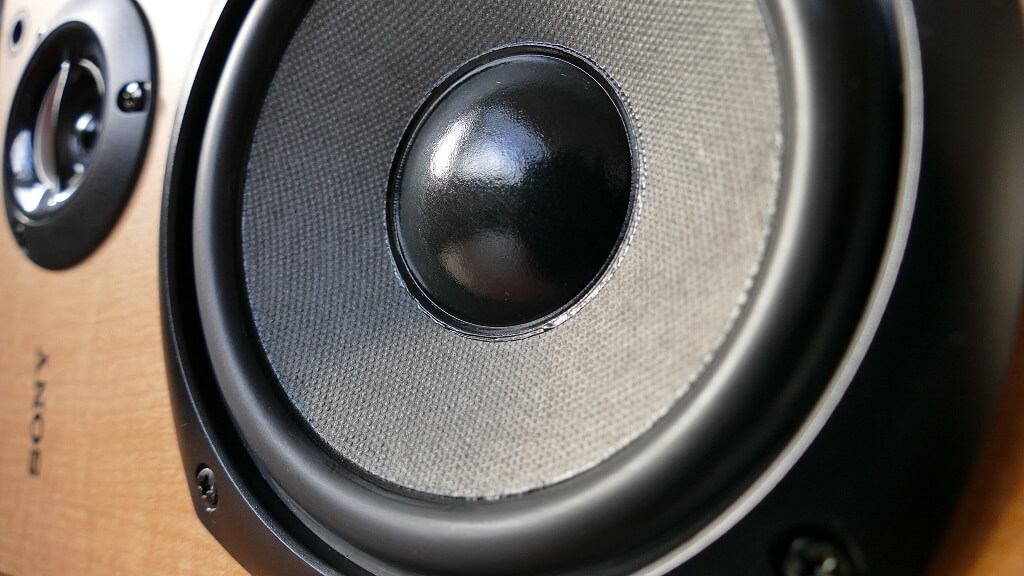What You Need for the Perfect Home Entertainment System
Movies and television series are forms of art. People who truly respect and love the visual-audio experience are going to want to view it exactly as the director has intended. Some people even go as far as using 35 or 70mm projectors and tapes to view it exactly like how it was made. A rainy Saturday basically begs a cozy sit-down in front of a movie, series, or even a video game.
A lot of gamers use home entertainment to make sure that they are as immersed as possible in their games, just like they are with movies. The choices to create a home theater are endless which might make it a bit overwhelming for some who are new to the game. We've made this brief guide to help those who are looking for a truly impeccable entertainment experience.

The Receiver
The receiver is the main core of communications between every device in your setup. It's what receives, decodes, and processes the TV signal before it transports it on your TV. It's important to understand that the number of speaker channels on your receiver will determine the audio setup that you're planning to install. It's important to get a receiver that can handle more than you currently need because it will help future-proof it instead of needing to buy a new one.
Even though the internet has made many people forget the idea of antennas and cable TVs together, there are still a lot of people who still like them. The problem is that people who focus on streaming and OTA content won't be able to cut ties with the cable company because it also provides internet besides cable TV. While many people may think that have them both on same cable will save them some bills, it's not a good idea. The signals may overlap easily, and it can mean that you're breaking the law. Separate coaxial cables for your home entertainment setup is the most logical and carefree way to go.
The TV
The TV is easily one of the most important devices in not just home theaters, but also homes, in general. It's important to understand that even if you get the best TV in the world if it's too small, it will be a terrible viewing experience for everyone. Fortunately, the TV industry is not just producing huge TVs, but also amazing quality. People used to choose a TV based on how big the room it will be placed in is, but when it comes to home theaters, you should choose as big as you can afford as long as you have reasonable space.
Screens are certainly much cheaper than they used to be but they can still be expensive if you voyage way out of your budget. The most common TV sizes used in many home theatres and living rooms are 55 and 65 inches. If you happen to have a huge room with plenty of viewing space, you can opt to buy a 4K or even an 8K projector if your budget can handle it.

Speakers
A screen isn't everything when it comes to home theaters. Even though a lot of casual living room setups with no emphasis on immersive experiences wouldn't really bother with an external audio setup, home theaters must have one. A major part of the cinema experience is the audio effect. The default TV has good audio, but it doesn't come close to the sound multiple speakers can produce. Just like TV's size, the number of speakers is directly proportional to the immersive experience you get out of it. The most common and effective home theater setup is a 5-speaker setup. It consists of a central speaker, one speaker for each side, and 2 parallel speakers in the back.
Dialog usually comes from the center speaker and should be right down below the TV. This setup is called a 5.1 setup; the first number refers to the number of speakers and the second one represents the number of subwoofers. There are some setups with a third number that represents Dolby Atmos speakers; if you have the budget you should always find room for Dolby Atmos. The 5.1 setup is great, but it's the minimum. It's recommended that you get at least a 7-speaker setup to get the full cinematic experience you deserve. Larger rooms require more speakers to provide the perfect ambiance.
It's hard not to want to experience the visual-auditory medium without being completely immersed in it. Home entertainment is the best way for you to experience all the content you love in the best way possible; the way it was designed for.
839GYLCCC1992



Leave a Reply